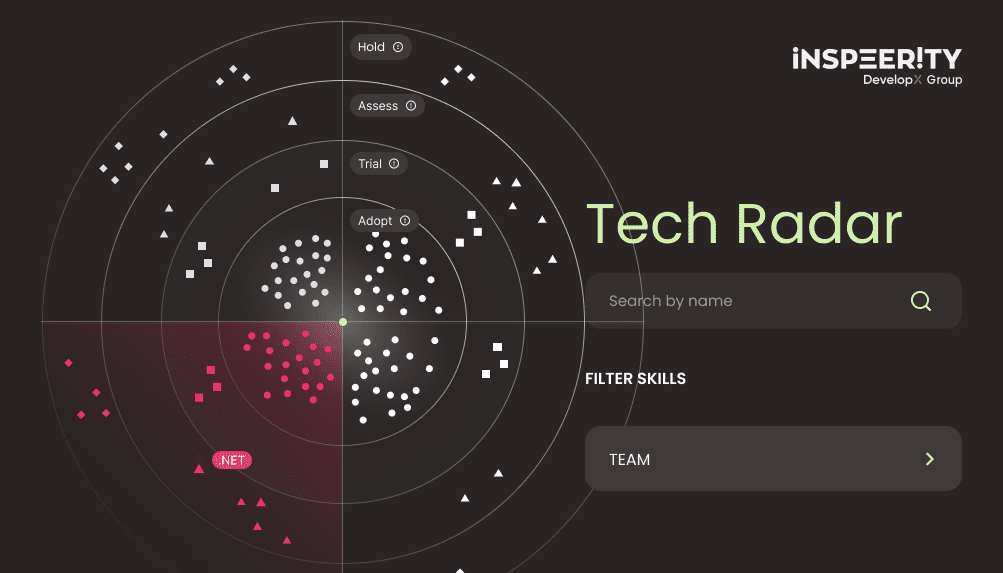Dynamic pricing is no longer just an option, it’s necessary for companies aiming to remain competitive in event ticketing. It’s long been the standard for booking flights, hotels, and holiday destinations. And more recently, it’s made its way into ticketing.
Often when you see companies offer dynamic pricing, they will always start with the same argument, “Seize revenue opportunities and maximize profit in real-time”. This is an important part of what dynamic pricing does. However, it shouldn’t be the main factor.
I strongly believe the focus of dynamic pricing should be on improving the end-user experience. And by putting the end user first you will benefit the museums, zoos, and attractions that are at the core of your business and increase your long-term profitability.
What is dynamic pricing?
The most common idea is that dynamic pricing is a system that automatically adjusts the price of tickets based on demand. Where prices rise when events are selling well, and then fall when sales are lower. But there are different systems that we can use to adjust prices. This might include “buy ahead” pricing that offers a lower rate depending on when a user buys. Or having in place a system that uses end-user data & metrics to create a flexible pricing system for different days, times, or even weather conditions.
Although these aren’t “true” dynamic pricing systems I will use the term dynamic pricing as an umbrella term here for all flexible pricing solutions and other Event Ticketing Solutions.
Why you should be offering dynamic pricing
For the ticketing sector, dynamic pricing offers a dual advantage, unlocking new revenue streams while better positioning your organization in a competitive marketplace. It also gives attractions coming under greater pressure more options. Attractions have seen a drop in funding. If you take into account inflation, museums, for example in the UK, have seen a real-time drop of up to 36.7%. This has meant that certain attractions have had to raise prices. Combine this with increasing consumer price levels, and you have a trend where end-users are being priced out of events.
This trend has been going on for some time, and this is the first reason why not offering dynamic pricing is a missed opportunity.
It can be used to fit any end user’s budget
For visitors who want to enjoy a day without breaking the bank, dynamic pricing makes this possible. Data-driven software analyzes patterns like school calendars, holidays, local events, planned exhibitions, and even weather. This helps predict when more or fewer people might visit and adjusts ticket prices accordingly.
This approach gives visitors more choice. Those looking for more affordable options can plan visits on quieter days when prices are lower. Others can choose busier times if it suits their schedule. It means that everyone can find a ticket that matches their needs and circumstances.
The software integrates with your client’s ticketing systems, offering daily price suggestions based on data. Staff can review and refine these recommendations before confirming the changes.
By adapting prices to match different circumstances, attractions can create a better experience for everyone. Visitors feel they are being offered fair and accessible options, making their day out more enjoyable and inclusive. By offering accessibility through flexible pricing, you can broaden the appeal of attractions. For you, this means driving both short-term sales and long-term customer retention.
Plan-ahead offers can lead to a better experience
Imagine the excitement of a new attraction, like the birth of a tiger cub. Crowds flock to see it, leading to packed spaces and long lines. Visitors feel cramped, they remember their experience more of being squashed against a wall than the new cub. This is where a plan-ahead pricing model can transform the situation.
By offering lower prices for early bookings or quieter days, attractions can encourage visitors to plan their trips during less busy times. For example, weekday tickets in slower months might start at $8, while peak weekend tickets could reach $29.95. Prices gradually increase as the visit date approaches, nudging guests to book early and spreading footfall more evenly.
This system not only improves the guest experience but also gives staff a better handle on managing crowds. On days when the tiger cub draws big crowds, higher ticket prices can limit overbooking, ensuring visitors enjoy their time without feeling like sardines in a can. On quieter days, lower prices attract more guests, balancing attendance across the week.
Using historical data and seasonal trends, attractions can fine-tune this model over time. It not only optimizes revenue but ensures every guest, whether visiting a tiger cub or a quieter exhibition, has a memorable and comfortable experience.
How can you learn from different industries?
Imagine the last time you were searching for a flight. You entered your destination and preferred dates, and the system instantly presented the best deals. Even highlighting cheaper options for different days and times. Now picture this solution in Event Ticketing
We developed a similar solution for one of our clients.
Visitors can select an attraction and date while seeing the best ticket prices, including options for alternate days and times. Fully integrated into their system.
Can AI help you deliver better dynamic pricing?
To some AI is just a buzzword, but by using advanced algorithms, your clients can adjust prices in real time. This can be based on changes in demand, supply, and even competitor pricing. This flexibility not only makes events more accessible to a wider range of people but also improves the overall experience. By managing demand more effectively, your clients can increase revenue by up to 22% for attractions.
Unlike static pricing models, true dynamic pricing builds a fairer system where visitors can choose when and how much they are willing to spend. It also minimizes unnecessary pressure on staff by automating the pricing process. Additionally, dynamic pricing helps manage ticket inventory by aligning prices with demand patterns. With AI’s ability to analyze customer data, you can help your clients create a pricing strategy that works best for their end-users. This will help you create a strong case for ongoing client partnerships and upselling opportunities.
In short, integrating AI into dynamic pricing helps your clients refine their strategies and boost profitability. Would you like to explore how AI in dynamic pricing can support your business? Contact our team to find out how AI can support your business
How a lack of transparency can destroy consumer trust
I need to address the elephant in the room, dynamic pricing has had its share of negative press. Headlines about soaring ticket prices and frustrated audiences often dominate the conversation. This can overshadow the benefits of dynamic pricing when implemented fairly and transparently. Recently, hundreds lodged complaints over Oasis ticket prices. Fans saw ticket prices jump from less than £150 to over £350 during the booking process. This left many shocked and pressured into split-second decisions. Consumer groups criticized the lack of upfront information arguing that this could breach consumer protection laws.
While dynamic pricing has faced criticism, CEOs have an opportunity to lead with transparency and build trust. Attractions must be clear about how dynamic pricing works. This means audiences understand when and why prices might change. This not only protects consumers under the Consumer Protection from Unfair Trading Regulations but also helps build trust between organizations and their audiences.
Why you can’t ignore dynamic pricing
Dynamic pricing isn’t just about adjusting ticket costs. It delivers value, enhancing the customer experience, and driving long-term profitability. For you, this means an opportunity to differentiate your business by offering solutions that meet the needs of attractions and their guests.
By integrating dynamic pricing into your platform, you can give attractions more options to balance attendance and provide inclusive options for visitors. And, all while cementing your position as a leader in the industry who can help promote end-user experience.
To chat more about how to integrate dynamic pricing into your ticketing platform, reach out today.




